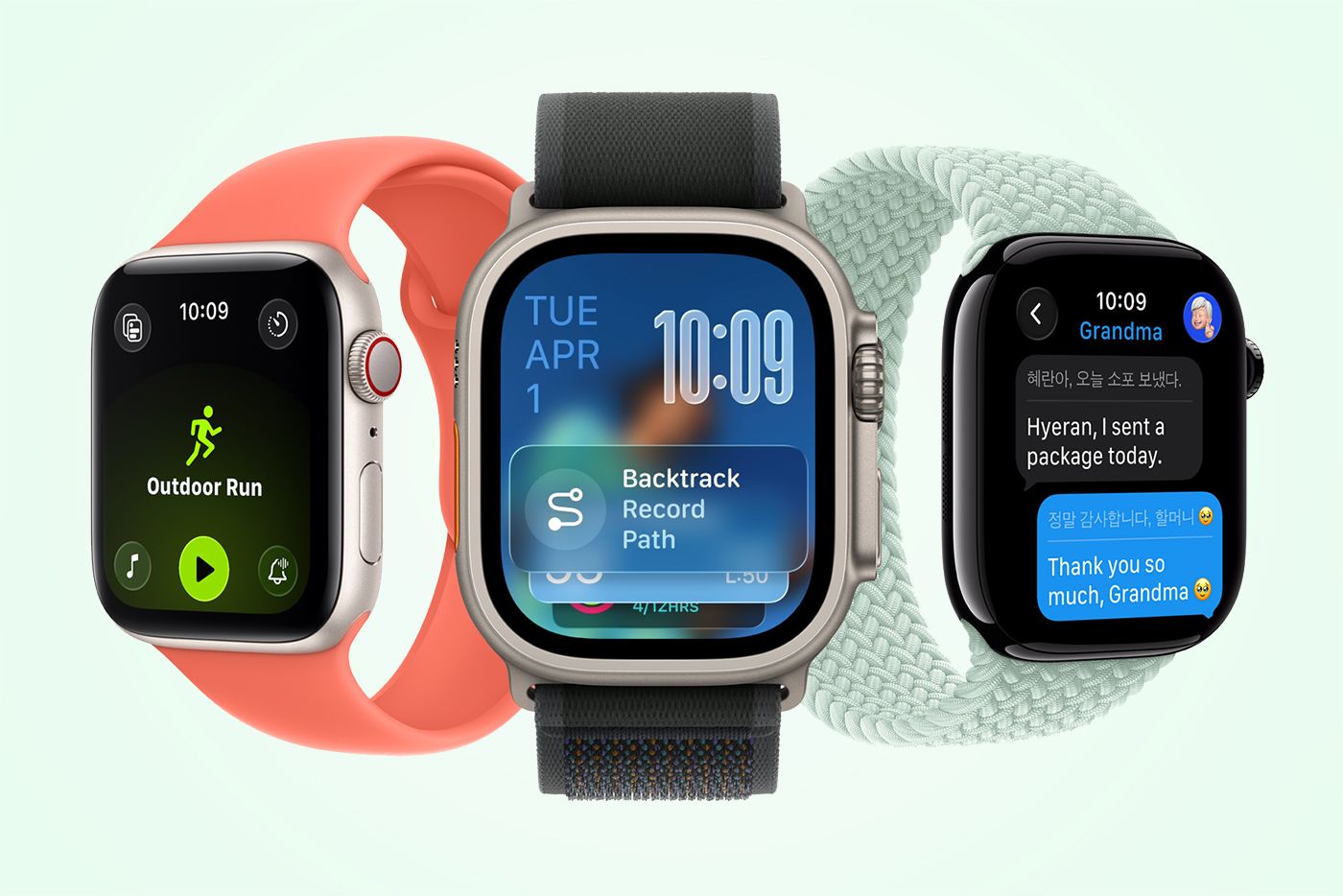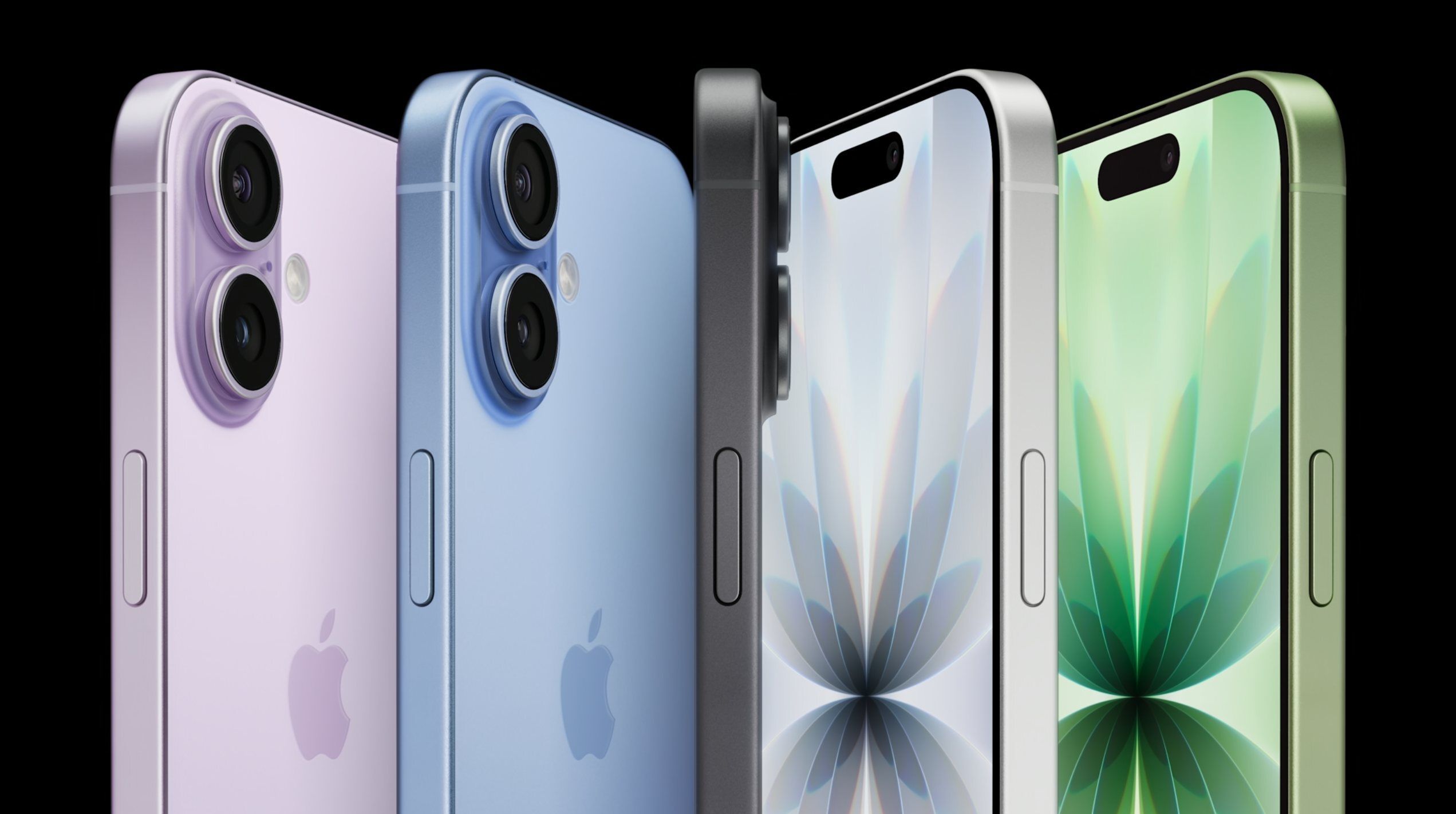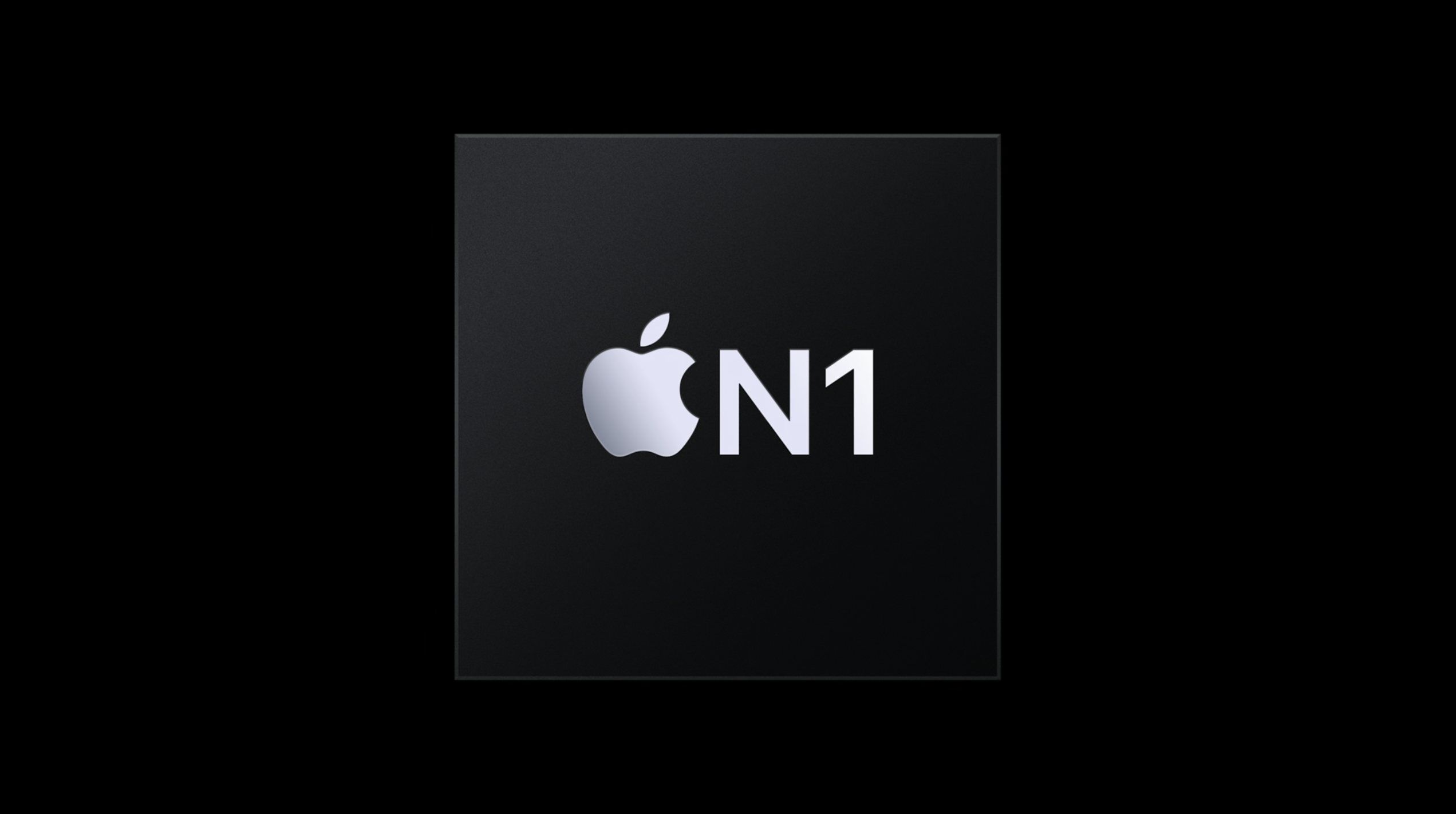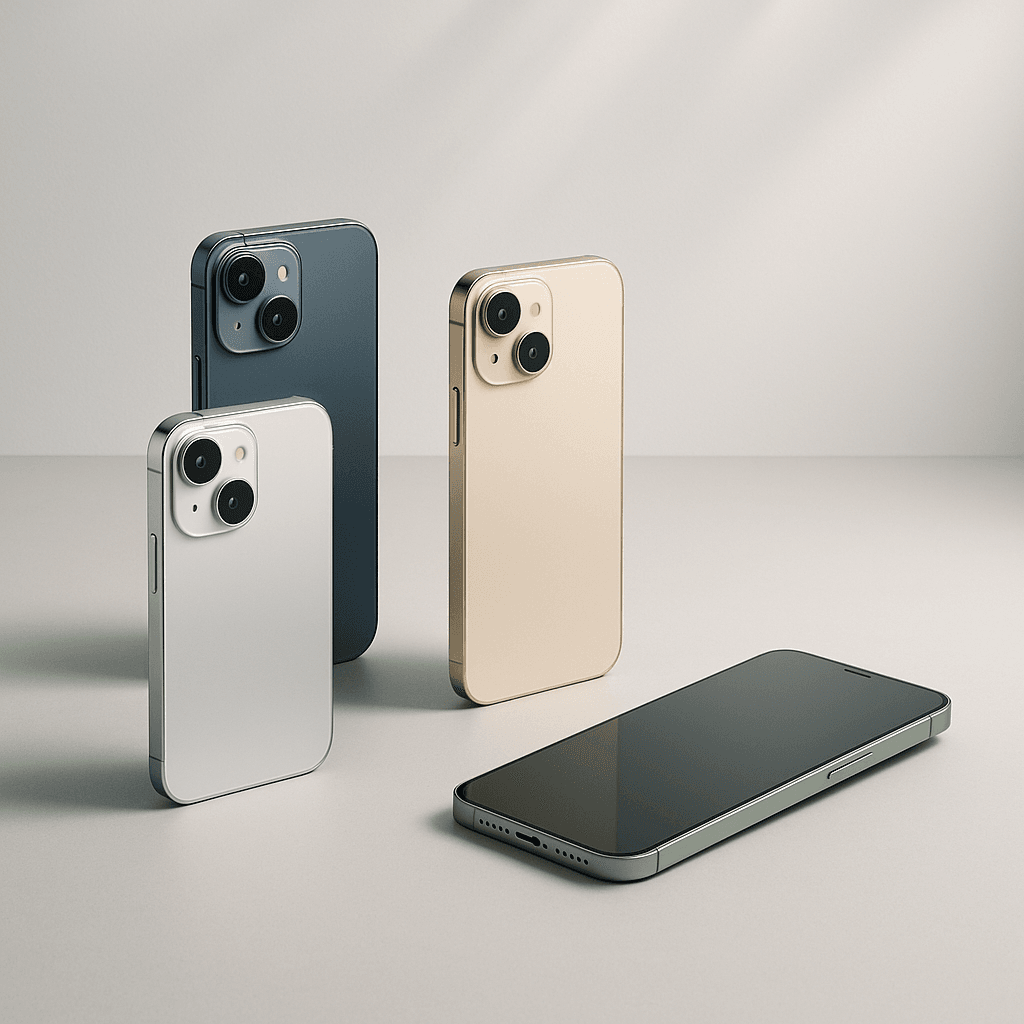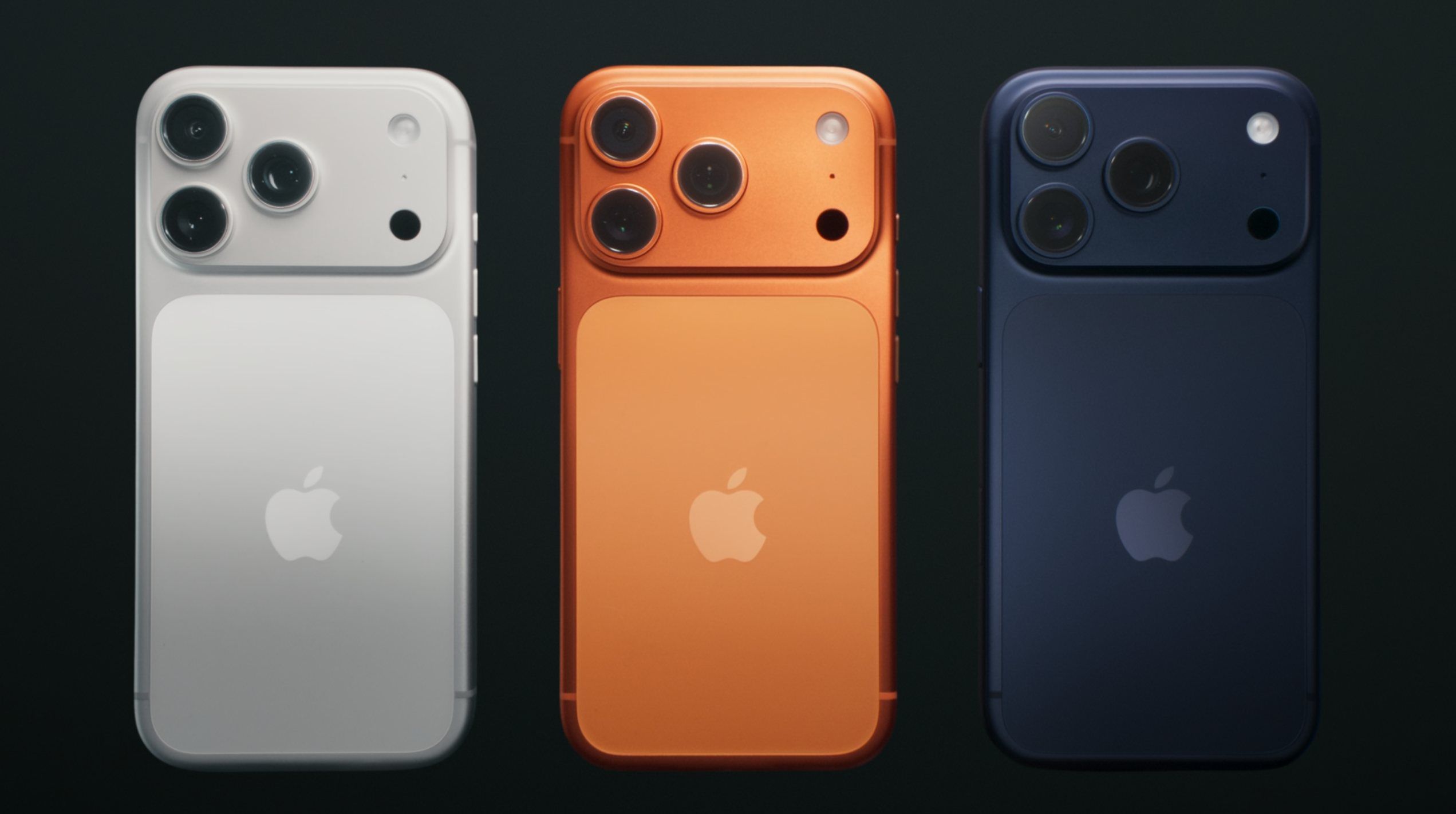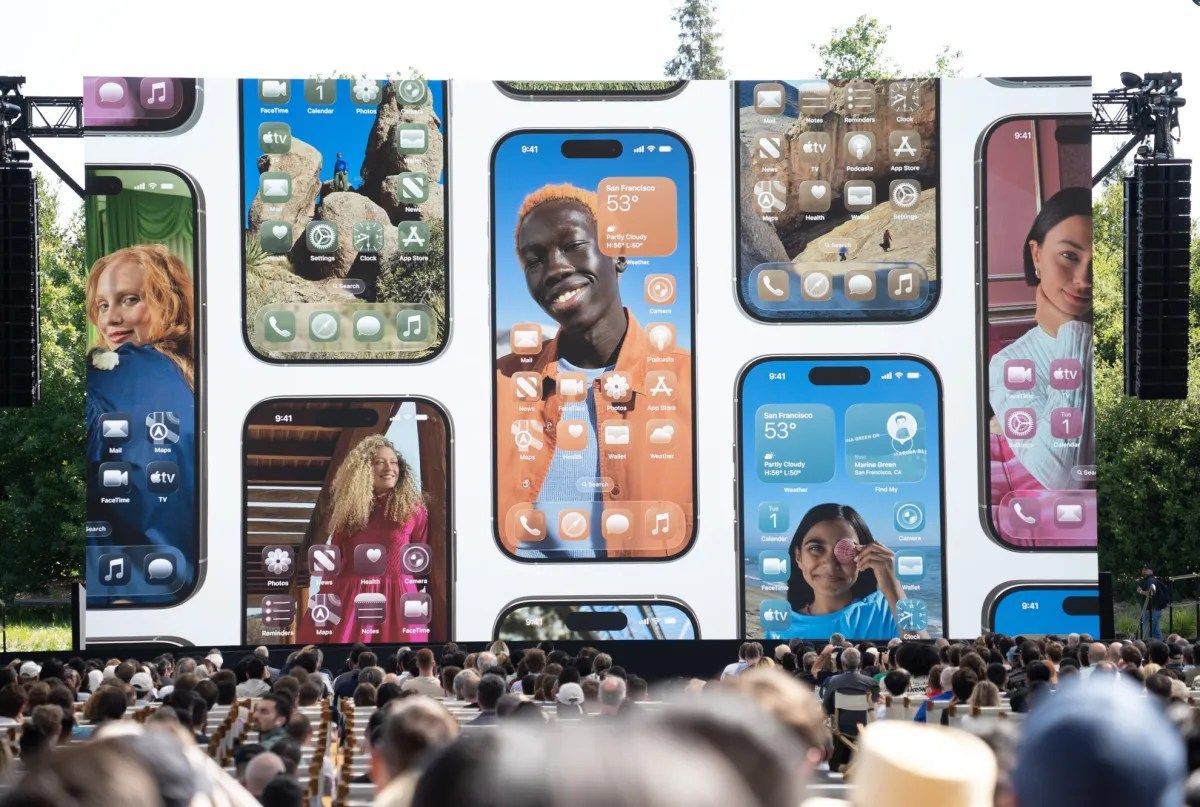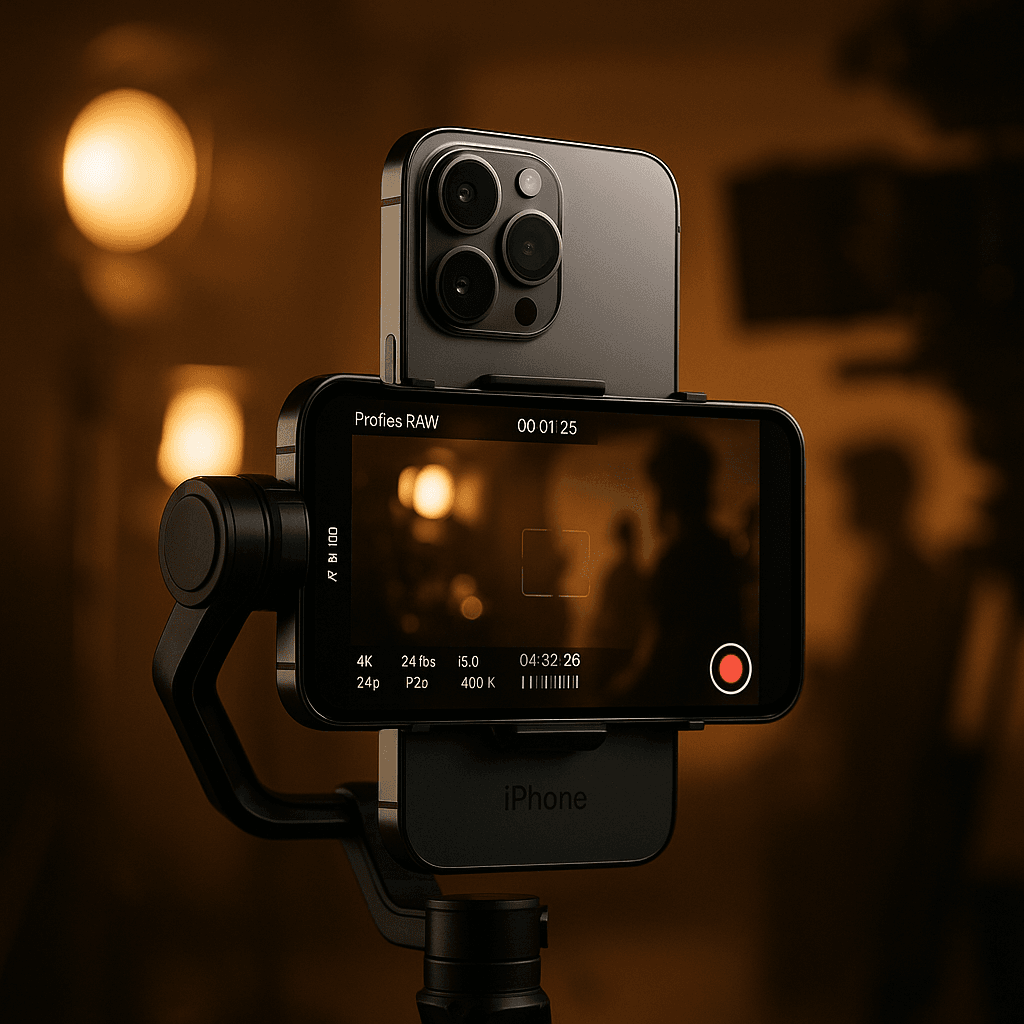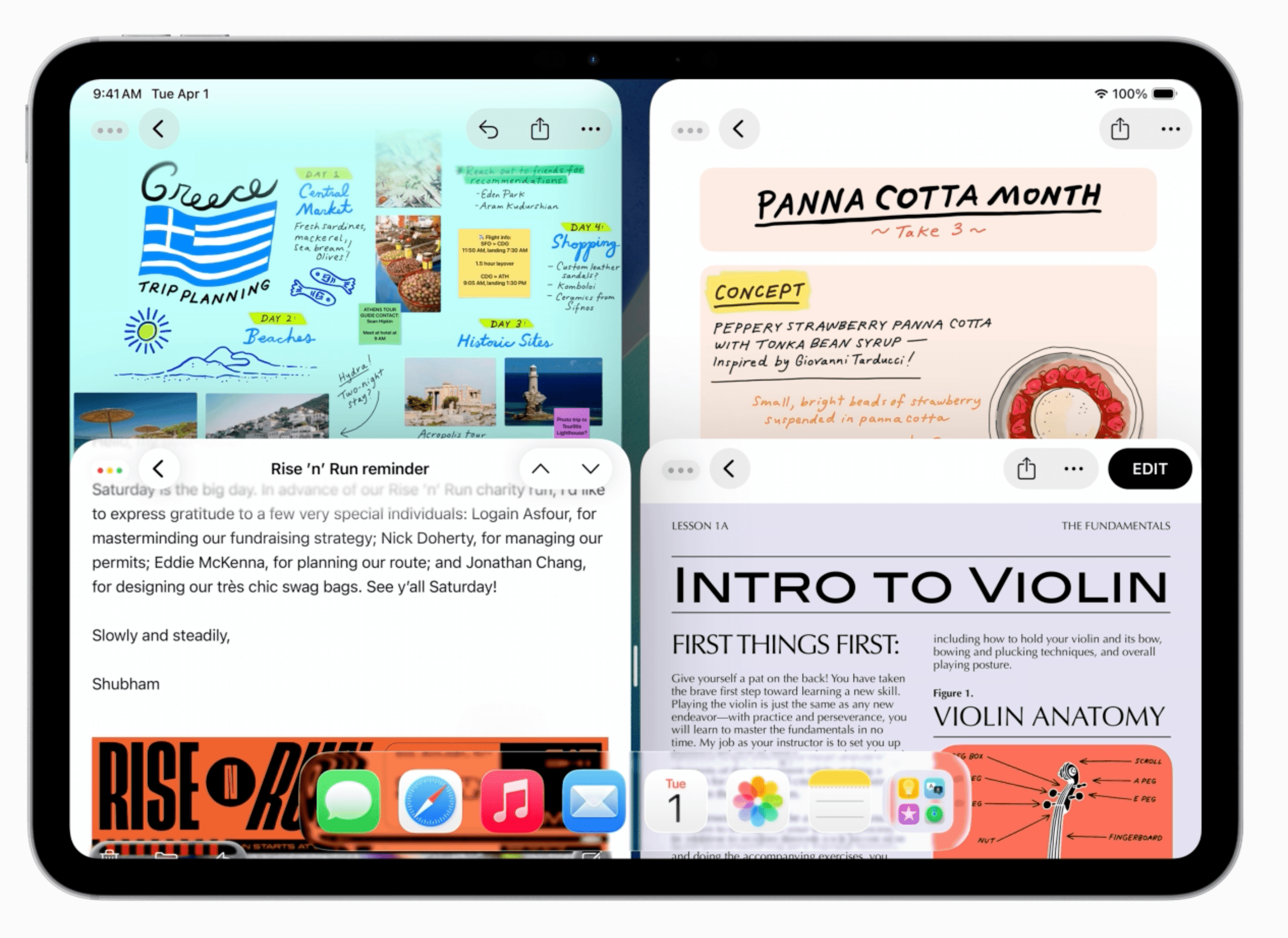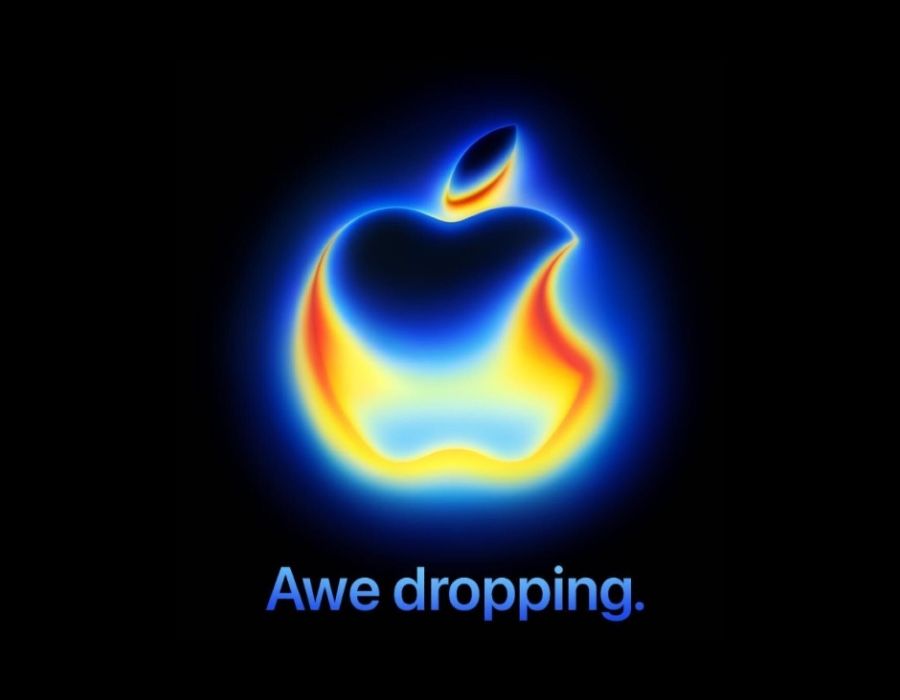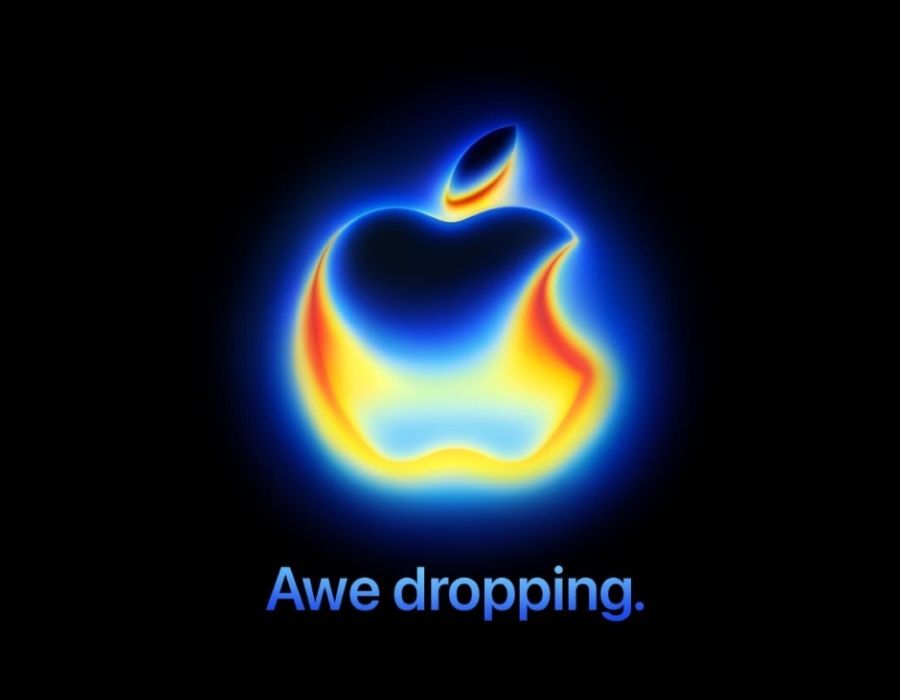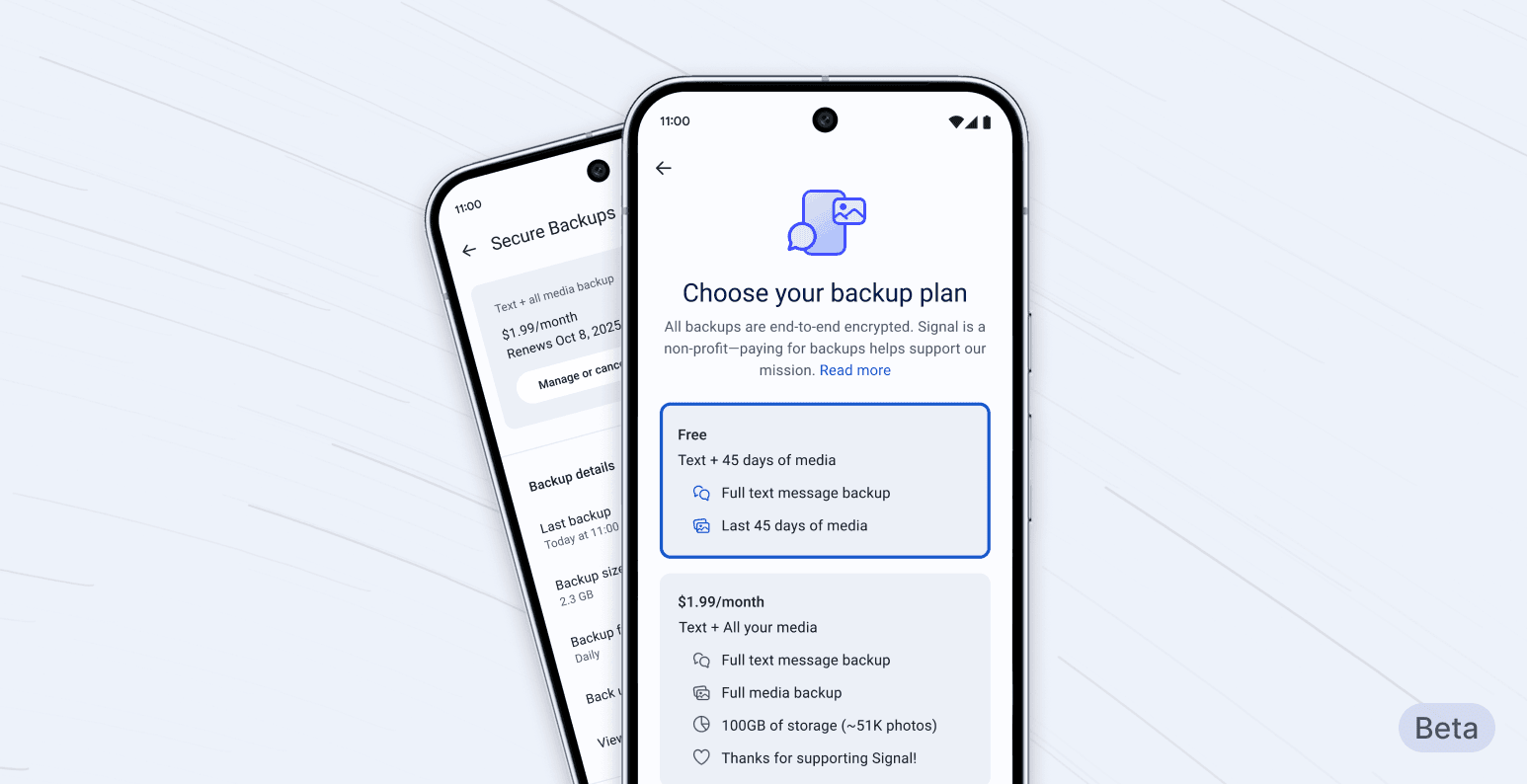Apple just confirmed watchOS 26 drops September 15th, bringing Apple Intelligence directly to your wrist for the first time. The update introduces a revolutionary wrist flick gesture that lets you dismiss calls and notifications with a simple motion, while AI-powered workout insights and ambient noise adjustment transform how millions interact with their Apple Watch daily.
Apple just locked in the most significant Apple Watch update in years. watchOS 26 officially launches September 15th, and it's packed with Apple Intelligence features that'll fundamentally change how people use their wearables. The timing couldn't be more strategic - just days before the iPhone 16 hits shelves, Apple's positioning the Watch as an AI-first device that works seamlessly with its ecosystem. The rollout targets Apple Watch Series 6 and newer, second-generation SE models, and all Ultra variants, according to Apple's official announcement. That's roughly 180 million eligible devices worldwide, based on analyst estimates from Counterpoint Research. But here's the kicker - the marquee wrist flick gesture only works on Series 9 and later models. Apple engineering teams built the feature around the newer Neural Engine capabilities, sources familiar with the development tell us. The gesture itself is brilliantly simple: flick your wrist away and back to dismiss incoming calls, silence alarms, or jump back to your watchface. It's the kind of intuitive interaction that feels obvious once you try it. Early beta testers report it works about 85% of the time in real-world conditions, which is impressive for gesture recognition technology. The real game-changer, though, is Apple Intelligence integration. The new Workout Buddy feature analyzes your health data and recent activity patterns to offer personalized insights that actually matter. Instead of generic fitness prompts, it'll tell you you're 200 steps away from beating last week's record or suggest a 10-minute walk based on your stress levels. Apple trained these models on aggregated health data from millions of users, creating what the company calls "contextual fitness intelligence." Other Apple Intelligence features include automatic two-way translations in Messages - imagine texting with someone in another language without pulling out your phone - and Smart Stack suggestions that pop up workout apps when you're at the gym or meditation apps during typical stress periods. The ambient noise adjustment feature tackles a problem every Apple Watch owner knows too well: notifications that blast at full volume during quiet meetings. watchOS 26 continuously monitors background sound levels and automatically adjusts alert volumes accordingly. It's using the same audio processing Apple developed for AirPods Pro noise cancellation, adapted for the Watch's tiny speakers. is also finally bringing the Notes app to Apple Watch after years of requests. You can create new notes via dictation, pin important ones for quick access, or check items off lists without fumbling for your phone. It sounds basic, but it fills a genuine productivity gap that third-party apps never quite solved. The visual overhaul centers around Apple's new Liquid Glass design language, . Think translucent widgets, notifications, and Control Center elements that create depth and layering effects. It's Apple's response to criticism that watchOS felt flat and dated compared to competitors. The design philosophy extends across watchfaces too, with transparency effects that let complications breathe and blend naturally with backgrounds. Developer adoption has been solid during the beta period. Major fitness apps like Strava and MyFitnessPal already integrate with Workout Buddy's APIs, while productivity apps are leveraging the new contextual suggestions framework. says over 40% of Watch apps submitted updates specifically for watchOS 26 compatibility - higher than typical for point releases. The September 15th timing aligns perfectly with Apple's broader AI strategy. watchOS 26 serves as a proving ground for wearable AI interactions before Apple Intelligence expands to other product categories. Industry insiders expect similar gesture controls and contextual awareness to appear in future AirPods and even Apple TV interfaces. For competitive context, this puts ahead of Google's Wear OS roadmap by at least six months. While Samsung's latest Galaxy Watch offers some gesture controls, nothing matches the depth of Apple's Intelligence integration or the seamless ecosystem connectivity.
